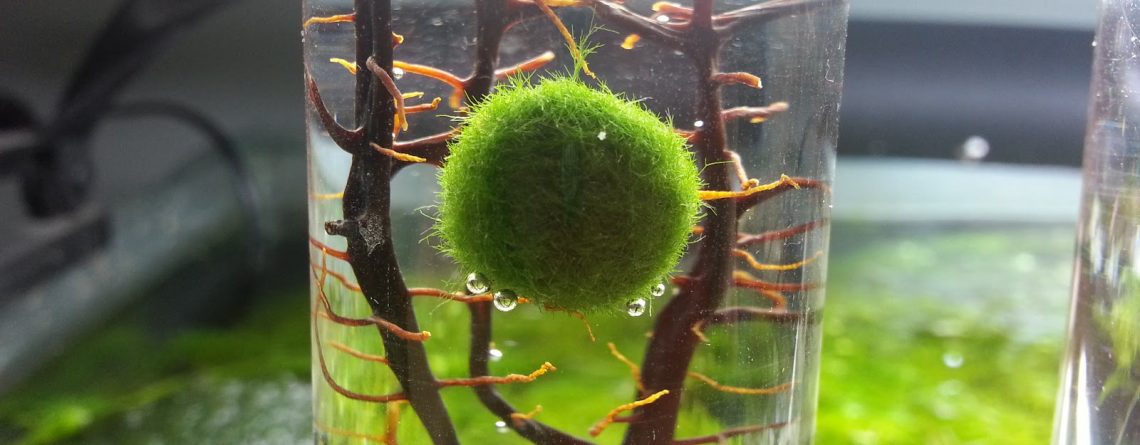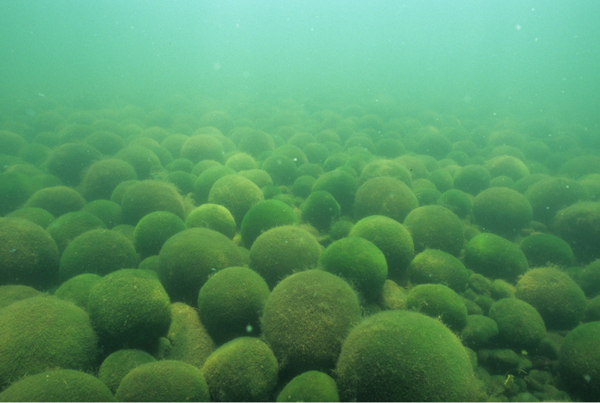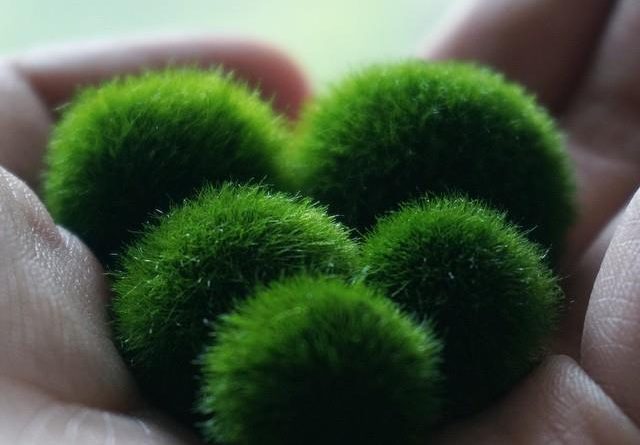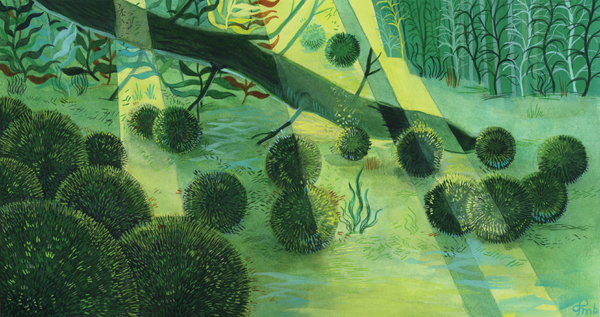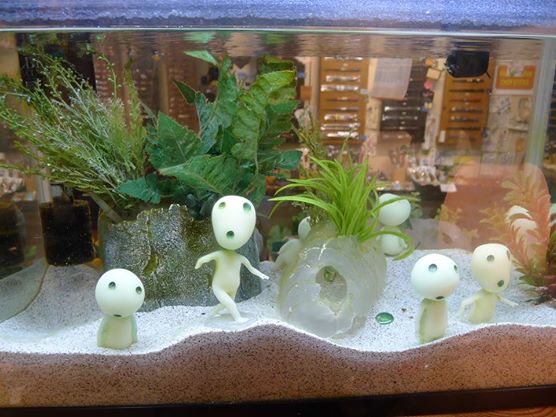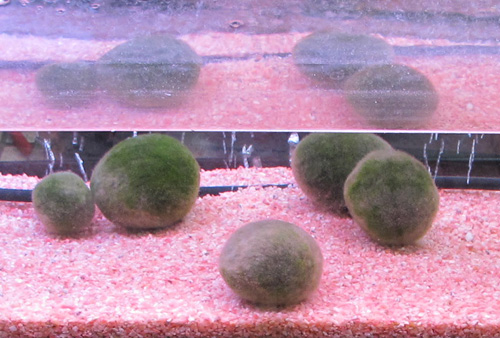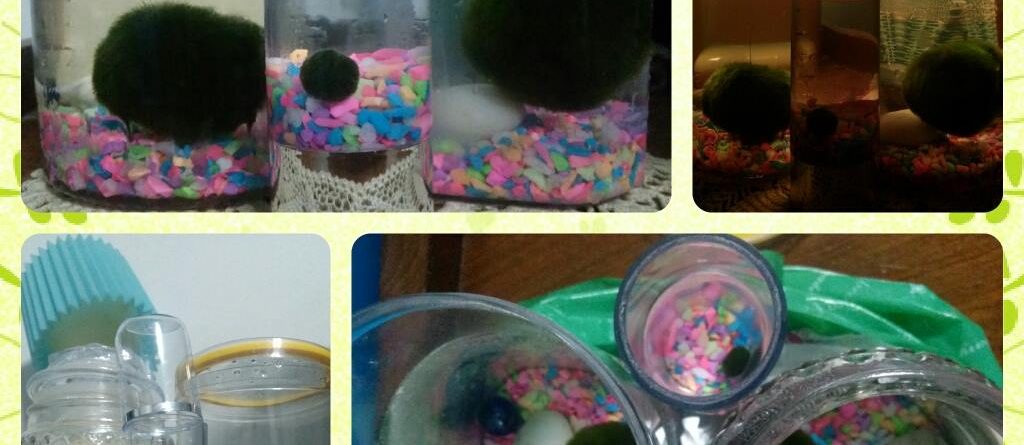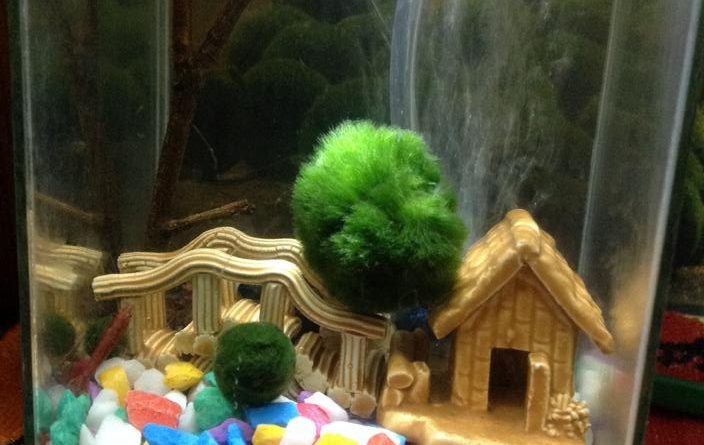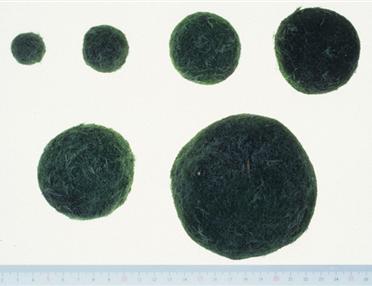Basic Marimo Temperature and Water Requirements
Despite the “moss balls” moniker, Aegagropila linnaei is actually a unique form of water-borne algae which is well suited for plant enthusiasts of all levels of experience. In addition to their unusually fuzzy, bouncy shape, Marimo are not very demanding in terms of temperature and water requirements, and can even provide filter-like benefits to fish globes and aquariums. Famous for their free-will floating and sinking, they function as an excellent chemical free ally in the fight against fish tank clouding. Water Requirements: Marimo...


